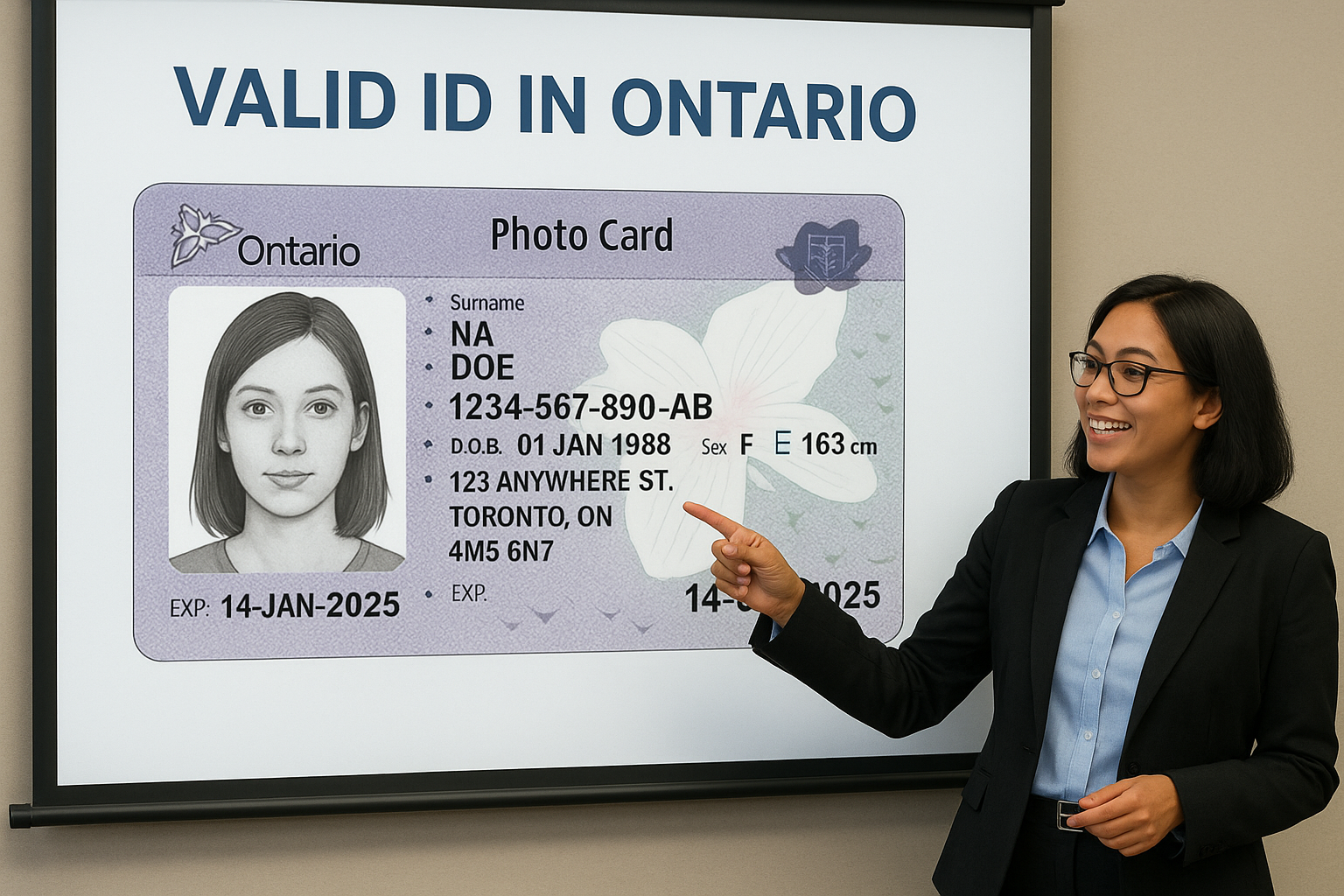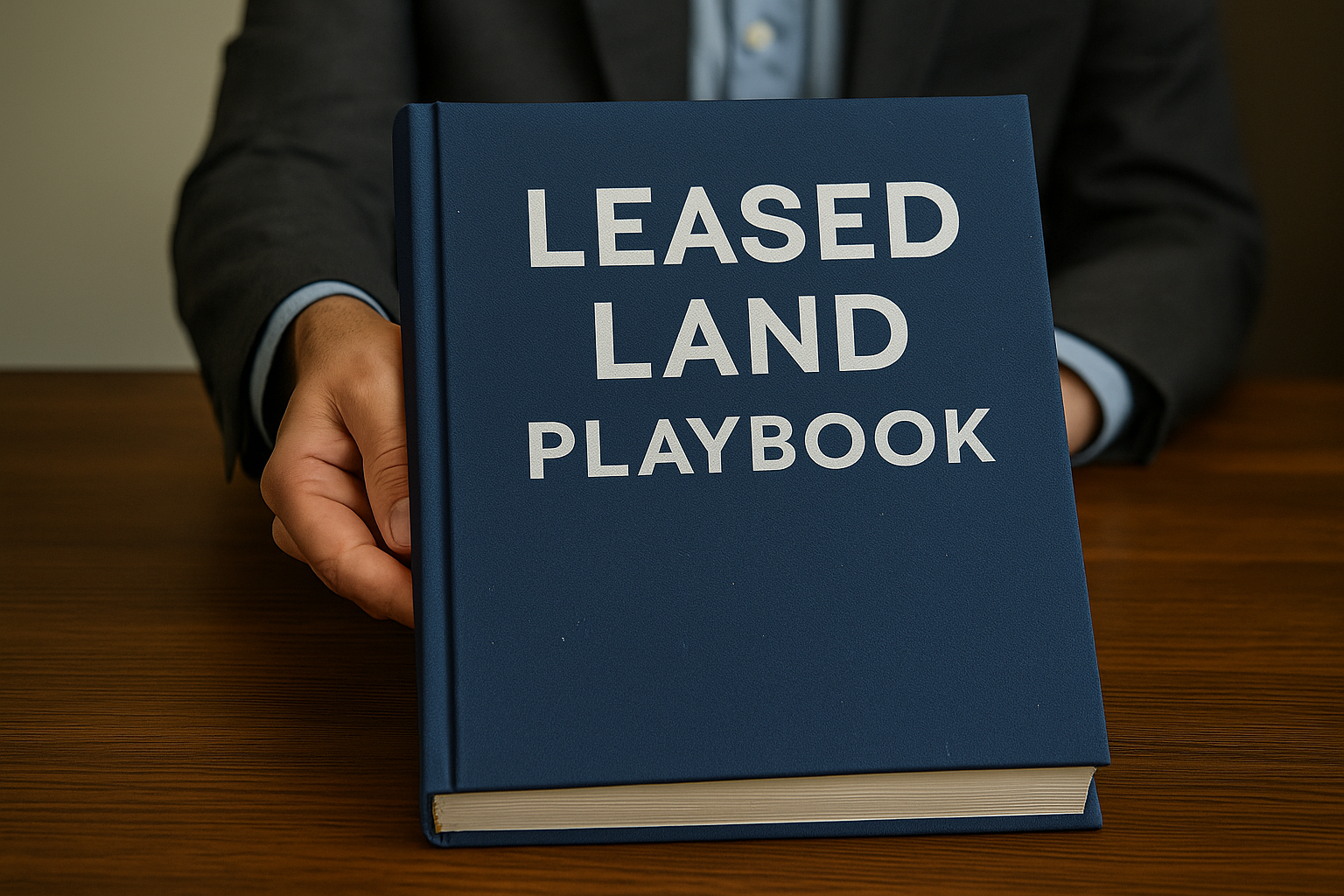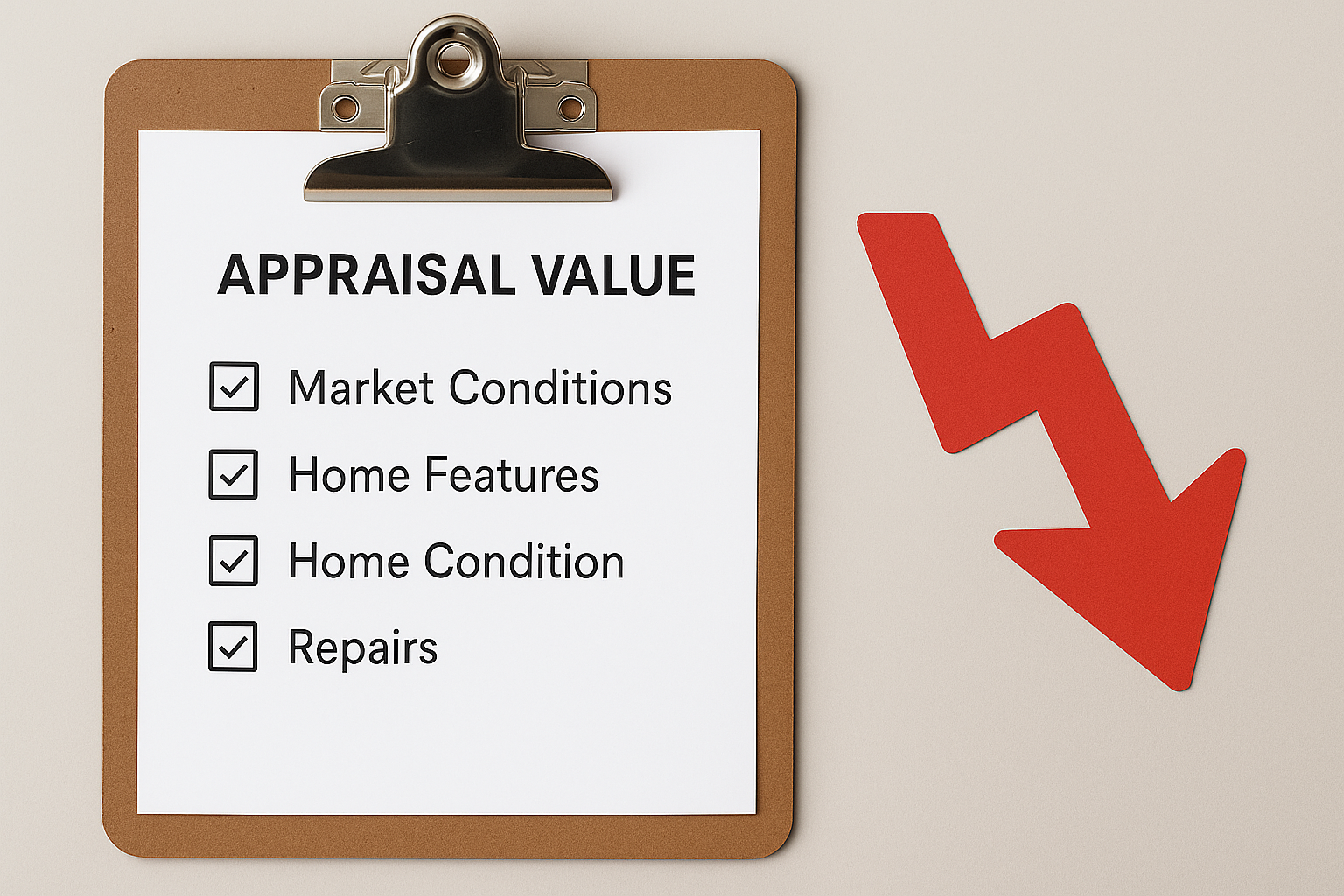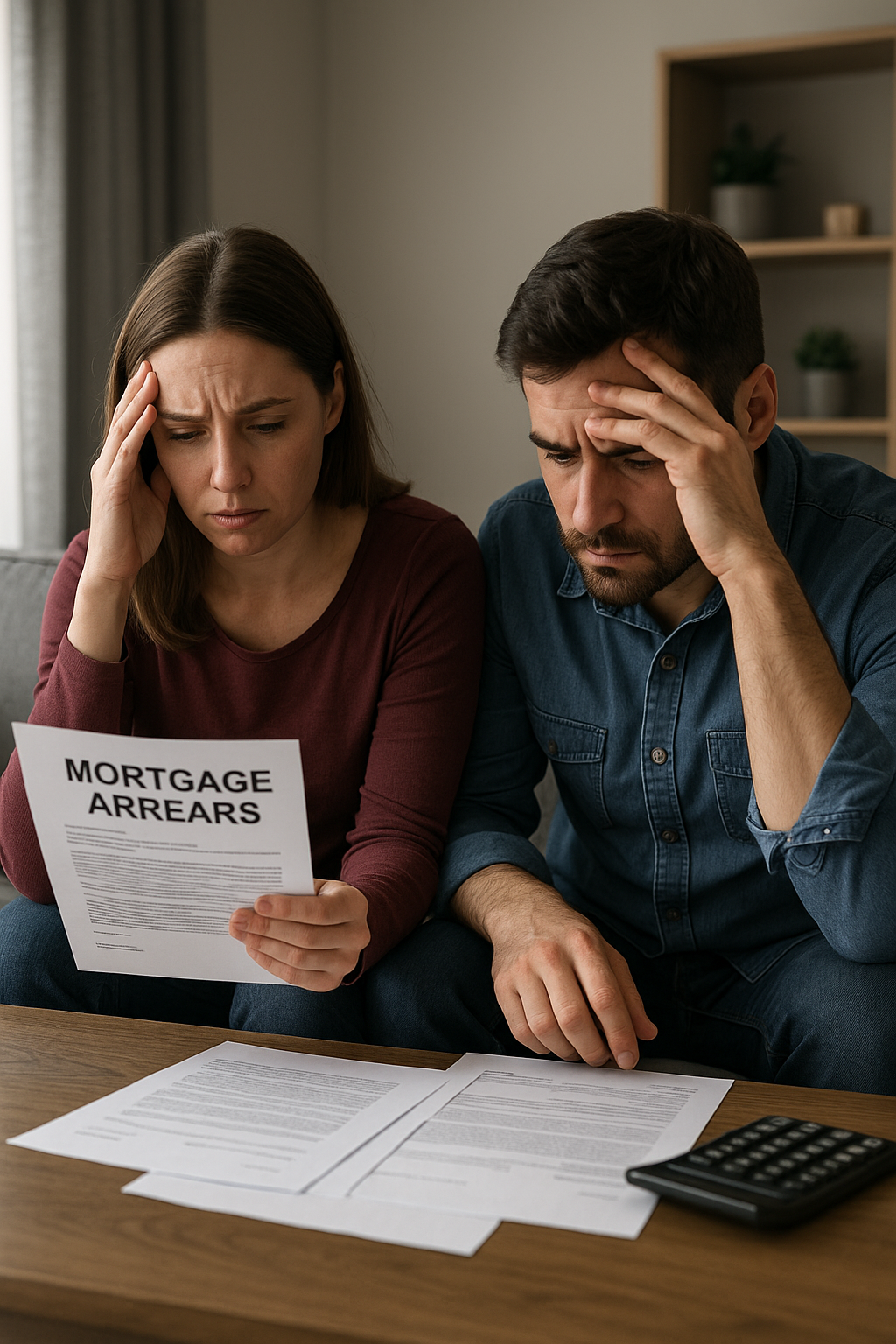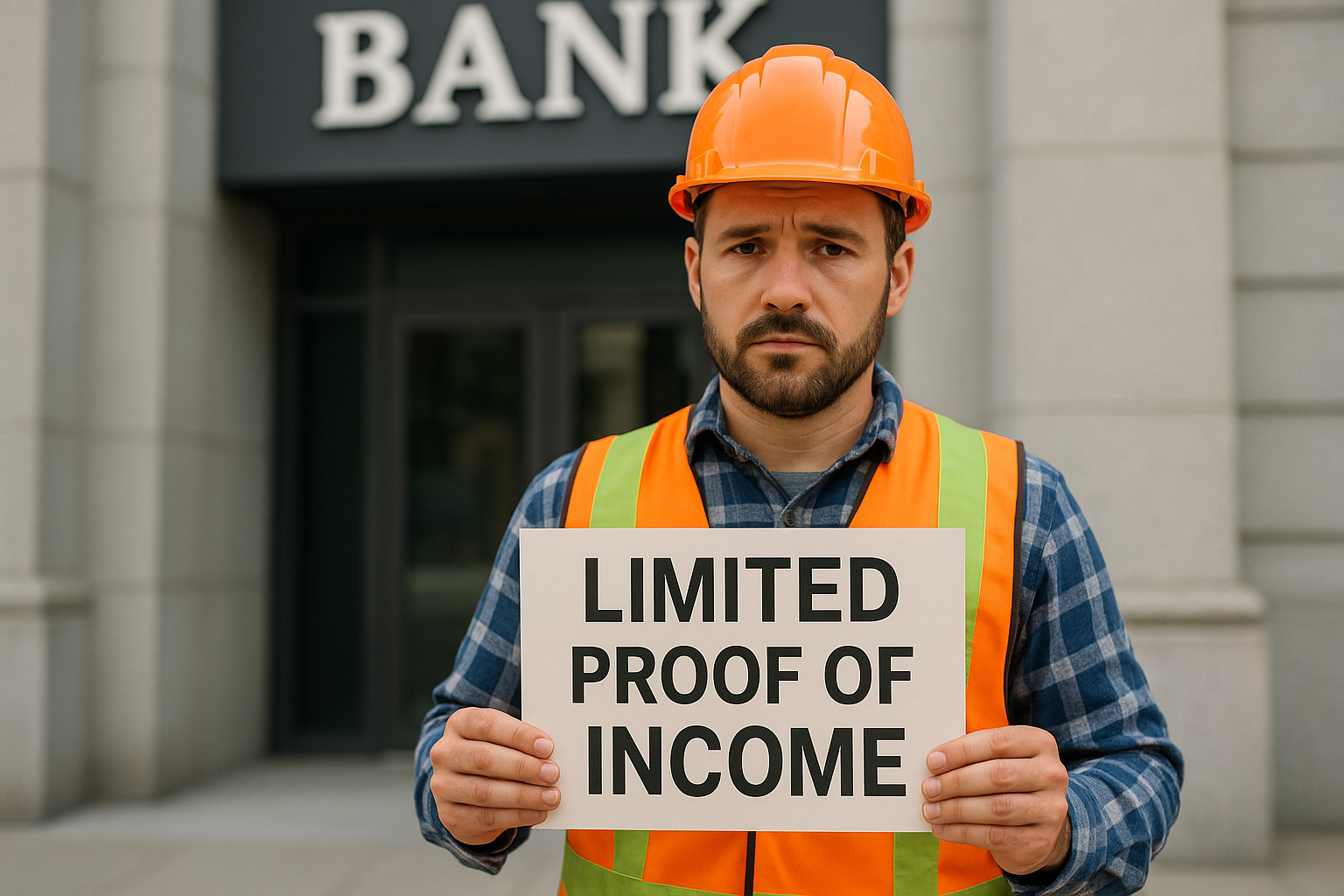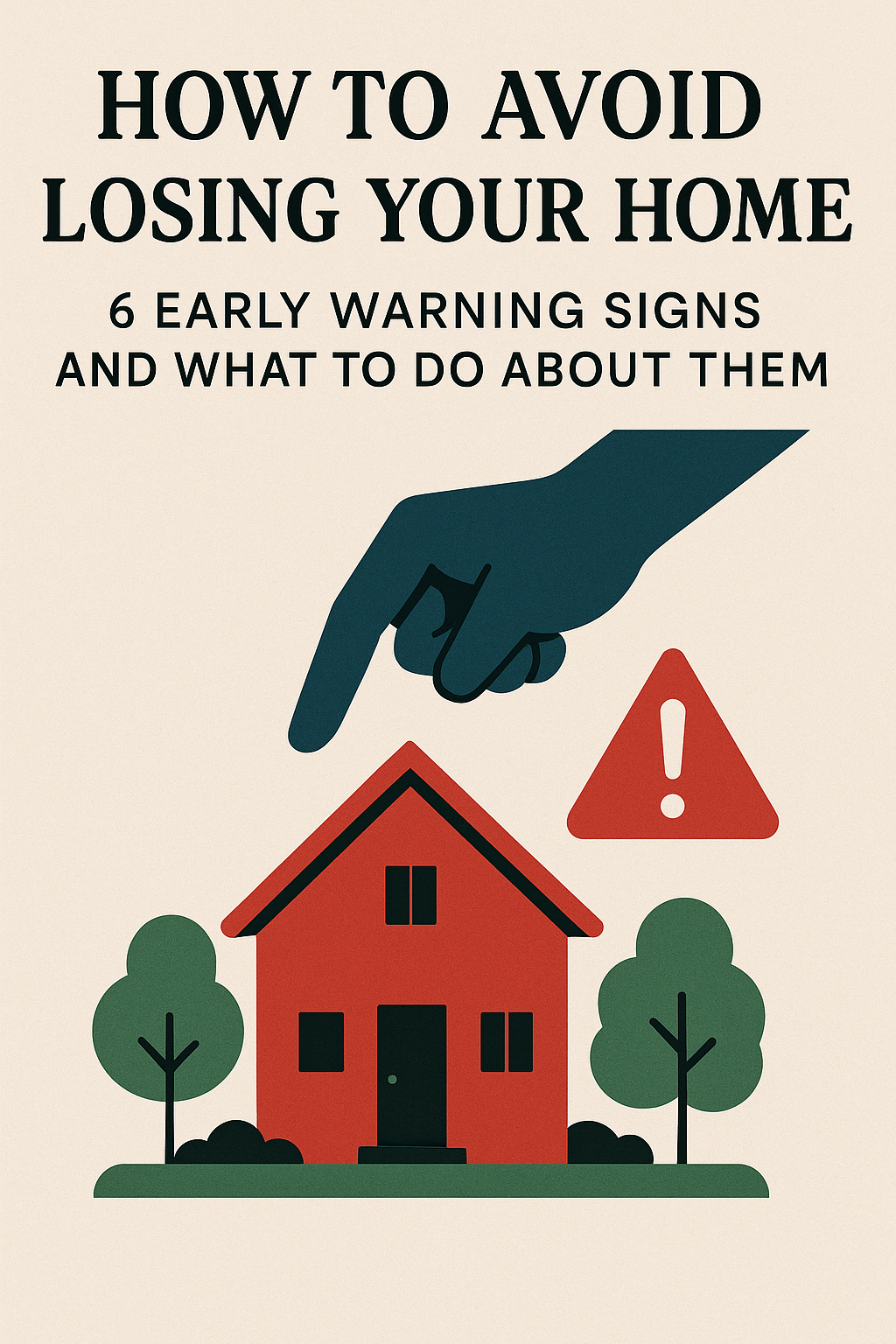What homeowners should know about Canada Revenue Agency (CRA) tax arrears solutions. Many Canadians find at some point in their lives that they have to pay back taxes. If you’ve filed your returns properly, it’s not illegal to owe the CRA money.
Knowing information about the CRA and income tax arrears solutions is important to pay the CRA back what you owe them. This common situation shouldn’t cause you to panic. Think of it as another one of the monthly expenses that you have to budget for.
This guide will go over the various ways you can pay the CRA your tax arrears and avoid any tax liens.
Table of Contents
ToggleCRA and Tax Arrears Payment Arrangement
If you’re unable to pay back your tax debt in full, you can set up a payment plan with the CRA. This is where you agree to pay your balance over the course of several payments throughout a period of time. The CRA will work with you to create a payment plan that works within your monthly budget.
You can use their online form to calculate your monthly expenses and income. Then, use their online payment arrangement calculator to figure out how much you can pay each month. You’ll enter in:
- Frequency of your payments
- Your total debt amount
- Number of payments or amount per payment
After that, you’ll call the CRA directly to set up your payment plan. The payment plan begins once you make your first payment.
Unfortunately, even with the payment arrangement plans provided by the CRA, some individuals still cannot afford to make monthly payments. If you’re one of those people, your first reaction may be not to file your taxes. You should not do that.
There are other options to pay off your tax arrears if you don’t want to set up a payment arrangement.
Get a Home Equity Loan to Pay Tax Arrears
Explore getting a home equity loan to pay off your CRA tax arrears. The financing for a home equity loan is approved based on how much equity you have in your home and isn’t based on your income or credit.
What is Home Equity?
The difference between how much you owe on your home’s mortgage and its value is your home equity. If your house is worth $250,000 and you owe $100,000 for your mortgage, the home equity is $150,000.
The amount of equity in your home increases:
- If your home’s appraised value goes up
- As you make payments on your mortgage
Interest rates for home equity loans are usually lower than different types of loans. You’ll need to check with different financial institutions to find one that offers a home equity loan. One of the things they’ll evaluate is the loan to value, where lenders assess their financial risk when loaning you the money.
A home equity loan is a great option if you have a large debt amount or want to pay off the CRA in one lump sum. If you currently have a Home Equity Line of Credit (HELOC), you can use those funds to pay off your tax arrears. You can then focus on paying down your HELOC balance instead of worrying about making payments to the CRA.
It’s a great way to consolidate your debt and make payments to one organization. You can also refinance your home and include your HELOC balance in your mortgage payment.
What’s the Difference Between a Home Equity Loan and a HELOC?
A HELOC has some similarities with a home equity loan in that it utilizes your home’s equity. A home equity loan gives you one large amount of money. With a HELOC, you get a line of credit, similar to a credit card.
You’re securing your HELOC with the equity of your home so you’re able to get better interest rates than you would with a typical credit card. You don’t have to use all of the funds available either. Just use the amount that you need to pay back the CRA.
Explore Second Mortgage Loans
If you don’t have a second mortgage loan yet, you can apply for one. You can use the money you get with that loan to pay the CRA. A second mortgage is another loan that you take out for your home.
With second mortgages, you can borrow around 80% of your home’s appraised value. Lenders will subtract out the balance that’s remaining in your first mortgage. This type of loan is also secured with your house’s equity.
You will need to make payments on your first mortgage while you pay off your second one. There are additional fees included with a second mortgage, including:
- Legal fees
- Title insurance
- Appraisal fees
- Titles Search
As with any loan, there are always some risks involved, so talk with qualified mortgage professionals before moving forward.
Learn About Taxpayer Relief Provisions
In some instances, the CRA could waive or cancel your tax arrears and/or interest. Certain situations may prevent a person from making their tax payments:
- Actions of the CRA
- Extraordinary circumstances
- Financial hardship or inability to pay
To see if you qualify, you’ll need to submit a form to the CRA. They’ll evaluate your application to determine if you qualify.
Figure Out Your CRA and Tax Arrears Solutions
Owing money to the CRA isn’t the end of the world. Knowing what you can do for the CRA and income tax arrears solutions is vital to ensure you make your payments on time.
LendToday can help you figure out your options. Contact us today.

